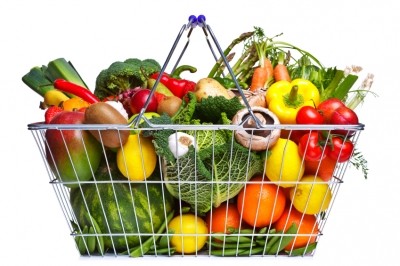High cost of fruit and vegetables linked to higher body fat in young children: Study

The US-based study, published in the journal Pediatrics, revealed that when the prices of fruits and vegetables go up, families may buy less of them and substitute cheaper foods that may not be as healthy and have more calories.
"There is a small, but significant, association between the prices of fruit and vegetables and higher child BMI," explained Taryn Morrissey, the study's lead author and assistant professor of public administration and policy at American University.
Indeed, the team suggested that their data shows that such associations "are driven by changes in the prices of fresh fruits and vegetables rather than frozen or canned."
Morrissey and her colleagues also identified a small association between higher-priced soft drinks and a lower likelihood of obesity among young children, suggesting that there may be some reasoning behind calls for increased soda prices as anti-obesity measure.
Study data
The US-based researchers linked data from the Early Childhood Longitudinal Study-Birth Cohort, a nationally representative study of children from infancy to age five, to local food price data from the Council for Community and Economic Research (C2ER) Cost-of-Living Index.
The study focused on households under 300% of the federal poverty line, or a family of four earning $70,650 in 2013.
While, in general, food prices have trended downward in recent decades, particularly the prices of snacks and sugar-sweetened beverages, the real prices of restaurant meals and fruits and vegetables have increased, noted Morrissey and her team.
Indeed, fruit and vegetable prices increased by 17% between 1997 and 2003 alone.
Children living in areas with higher-priced fruits and vegetables averaged higher measures of BMI scores compared with their peers in areas with lower-priced fruits and vegetables, they found.
"Results from ordinary least squares and FE models indicate that higher-priced fruits and vegetables are associated with higher child BMI, and this relationship is driven by the prices of fresh (versus frozen or canned) fruits and vegetables," revealed the team.
"In the FE models, higher-priced soft drinks are associated with a lower likelihood of being overweight, and surprisingly, higher fast food prices are associated with a greater likelihood of being overweight," they added.
Source: Pediatrics
Published online ahead of print, doi: 10.1542/peds.2013-1963
"Local Food Prices and Their Associations With Children’s Weight and Food Security"
Authors: Taryn W. Morrissey, et al
























